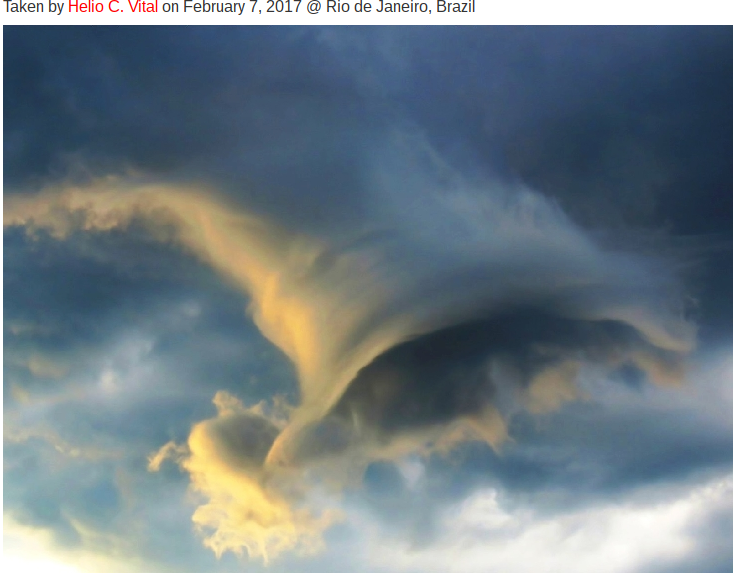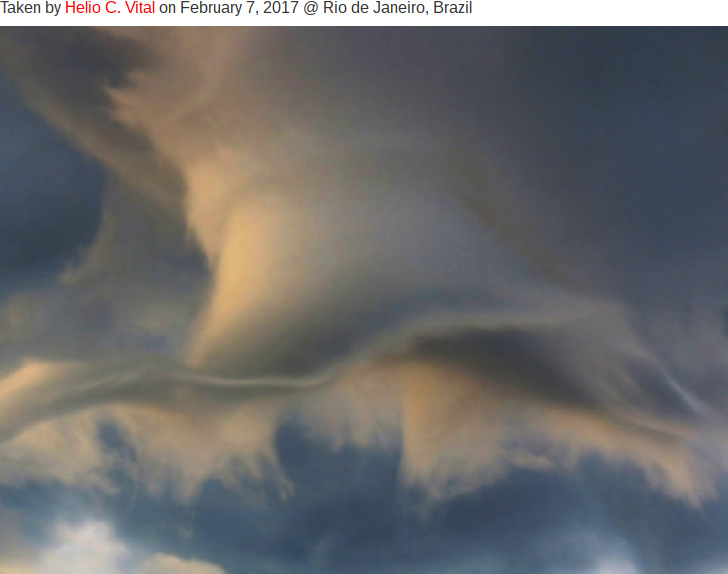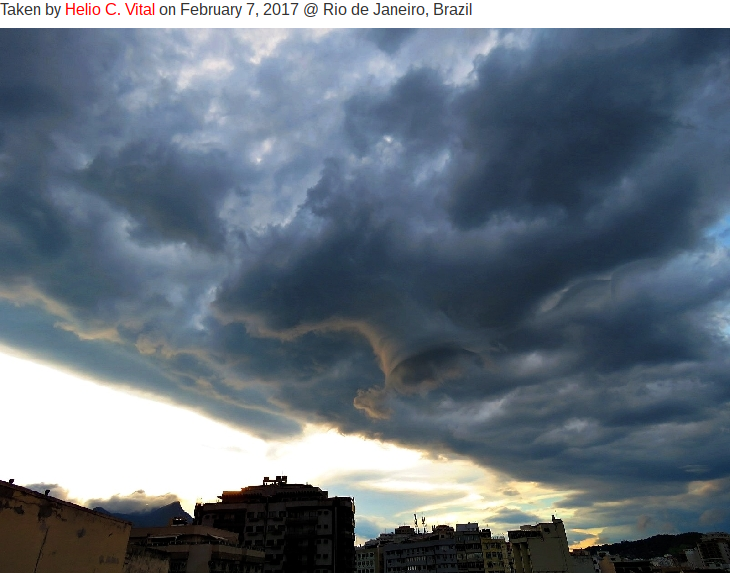Sunday, January 22, 2017
It’s been well advertised for the past
As usually happens when forecasters try to look out a week or two in advance, the expectations don’t meet the reality when it finally arrives. That seems to be happening this time as well. Colder weather appears likely by late week and the weekend. But, current forecasts for temperatures are running 5-10 degrees warmer than they were a few days ago. So, it looks as though the first attempt to establish the east coast trough will only drop us into the “near normal” range rather than the previous “below normal” expectations.
But, snow lovers, there is some good news. The GFS and the European model continue to deepen (strengthen) the troughing over the eastern U.S. so that Super Bowl weekend should see the beginning of some strong cold air outbreaks ( and maybe some snow(s)).
Although I have repeatedly stated that long range forecasts can be highly unreliable, I will take a stab at what happens after that. The U.S. has a forecast model known as the Climate Forecast System (CFS) designed to project the months ahead in general terms. Since I usually concern myself with current weather and a few days ahead, I’ve never paid much attention to the CFS. But, if you want to dream big, the CFS is predicting that once the east coast trough really establishes itself (11-14 days from now), it will hold until the end of February! That could make for a lot of fun next month
(And that could be our last chance as the CFS expects March to return to above normal temperatures.)
Current weather
I seems pretty obvious by now that those forecasts for heavy rains (Thunderstorms?) and possible flooding (especially south of Louisville) are not going to materialize tonight and tomorrow. We’ll probably see some rain tonight, mostly after midnight. Total should be a quarter-inch or less. After that, the next few days should be dry with continued mild temperatures.
Stuff
If you were asked,” How many Presidents has Kentucky produced?”, the obvious answer would be “one.” But, some people count Jefferson Davis as a second President. That’s a “trick answer” as he was President of the CSA not the USA. But, in a little-known historical quirk, Abraham Lincoln was actually the second Kentuckian to serve as President of the USA. Here’s the story from the very interesting website, www.mentalfloss.com. …
In 1849, Zachary Taylor refused to be sworn in on a Sunday, because he was very strict about “keeping holy the Sabbath.” The position of president couldn’t just be vacant until Monday, so the President Pro Tempore of the Senate, David Rice Atchison, was brought in as a pinch hitter. There’s some debate as to whether this actually makes him the 12th president and Zachary Taylor the 13th, but obviously, it’s generally accepted that he doesn’t count. He didn’t even stake claim to the title, and repeatedly told people that he slept through most of his day as president. He must have had a good sense of humor about the whole thing, though, as evidenced by the inscription on his gravestone.





